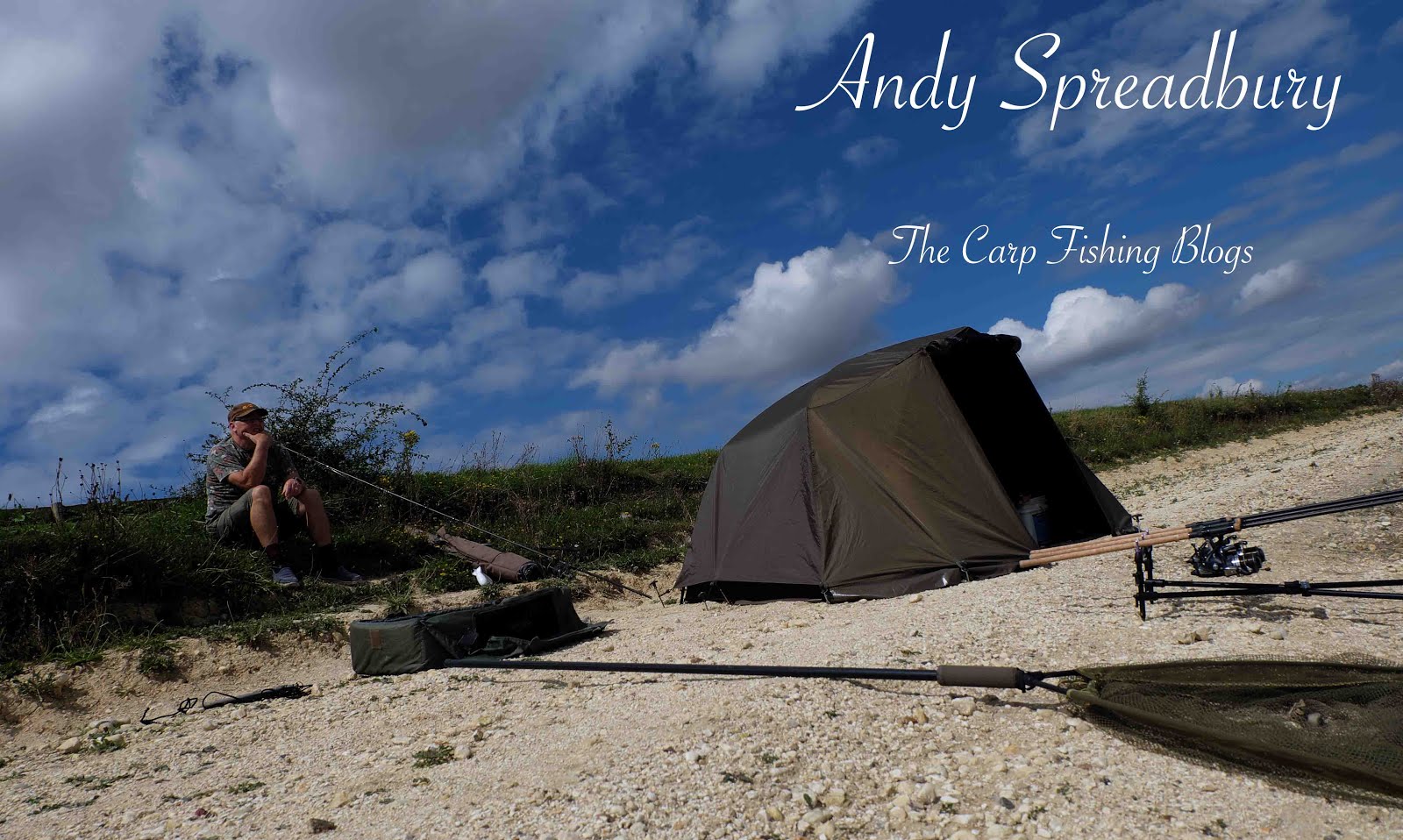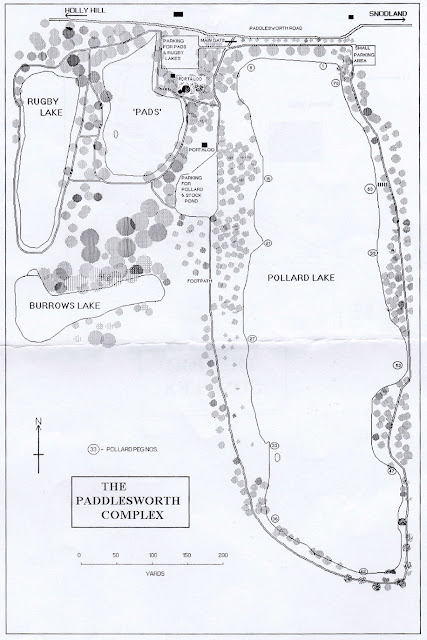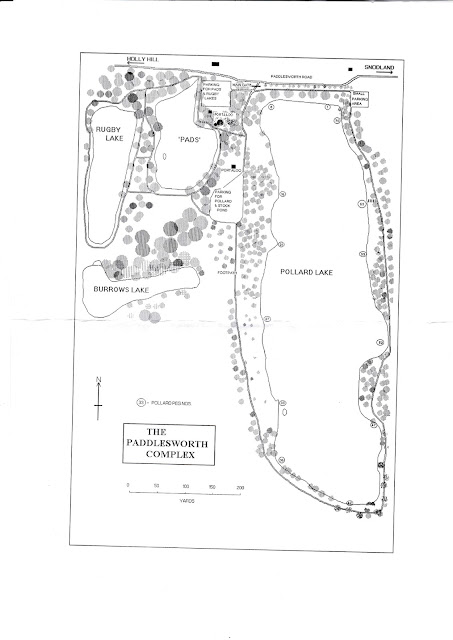How to Tie a Helicopter Rig and Comply with Leader Bans
Leader Bans on fisheries are intended to impose limits on the use of unsafe rigs - to prevent carp from towing around so-called ‘Death Rigs’ which are arrangements that do not allow the fish to part company with the lead or lead system. Since all leaders have some sort of junction with the mainline, this creates a ‘lump’ over which the top bead of the helicopter system can not pass. Loops are the worst since the thickness of the mainline and/or leader material (Leadcore, Leadless core, Safezone etc.) doubles the thickness of the material creating an unintended ‘stop’. This assumes that the top bead actually gets as far as the end of the leader; some branded ‘Naked Chod Beads’ are so difficult to separate from their partner components, they constitute a danger to the fish - yet they are sold as ‘safe’ alternatives!
This is how I do mine:
I buy 1m long ESP Leadcore leaders which come on a card. This is a kind of ‘kit’ of parts.
Cut the spliced ends off. You will have to make the cut an inch or so back from the loop in order to cut off the braid inside. Then cut to your desired length. I cut mine 16 inches long so I can get two leaders out of the one metre length and buy the components (in this case the ESP Helicopter Rig Kit) to make up the other. Alternatively, you could buy lead-free leader material; there are several brands and they are all good. Separate and keep all the rig components.
Remove the lead wire from inside the braid.
Take a lighter and seal one of the cut ends by holding in the flame for a second or two; this will melt the fibres and create a black ‘seal’.
Take a pointed end baiting needle and insert it through the side of the braid a couple of millimetres from the sealed end. Poke the end of the needle through the black seal to create a hole. I guarantee you will at some point stick the needle in your fingers so be careful!
Take the end of the mainline and insert it through the hole you have just created and all the way down through the centre of the braid; it’s surprising how easy this is - no more difficult than threading mainline down through tubing. Bring it out the ‘hairy’ end.
Thread the components on in the right order:
Silicone tube
Bead
Swivel
Silicone tube
Bead
Buffer
Getting the silicone on is the trickiest bit. Thread it onto a small Gate Latch Needle and use the 'hook' of the Gate Latch to 'grab' the fibres of the braid. Don't forget to close the 'gate' before sliding the silicone on over the doubled length of braid. Care is needed and work slowly.
The last stage is the fiddliest and trickiest. Take the ‘Quick Link’ and pass the end through and double back; the final operation is to tie a Grinner Knot over the doubled end to secure it. The photo above is lousy and can not show the knot in detail but basically what you are aiming for is this:
In the above example, in the diagram where the main line is - is the braid and the swivel is the quick link. Make sure the coils overwrap the braid.
Basically, what you are doing is substituting tubing for the outer sheath of leadcore and tying off at the quick link the same as you would with tubing. The problem with tubing is a) fixing the tubing to the quick link without it pulling out, and b) finding a tubing which does not get cut by the swivel when under great force from a taking fish.













Comments
Post a Comment